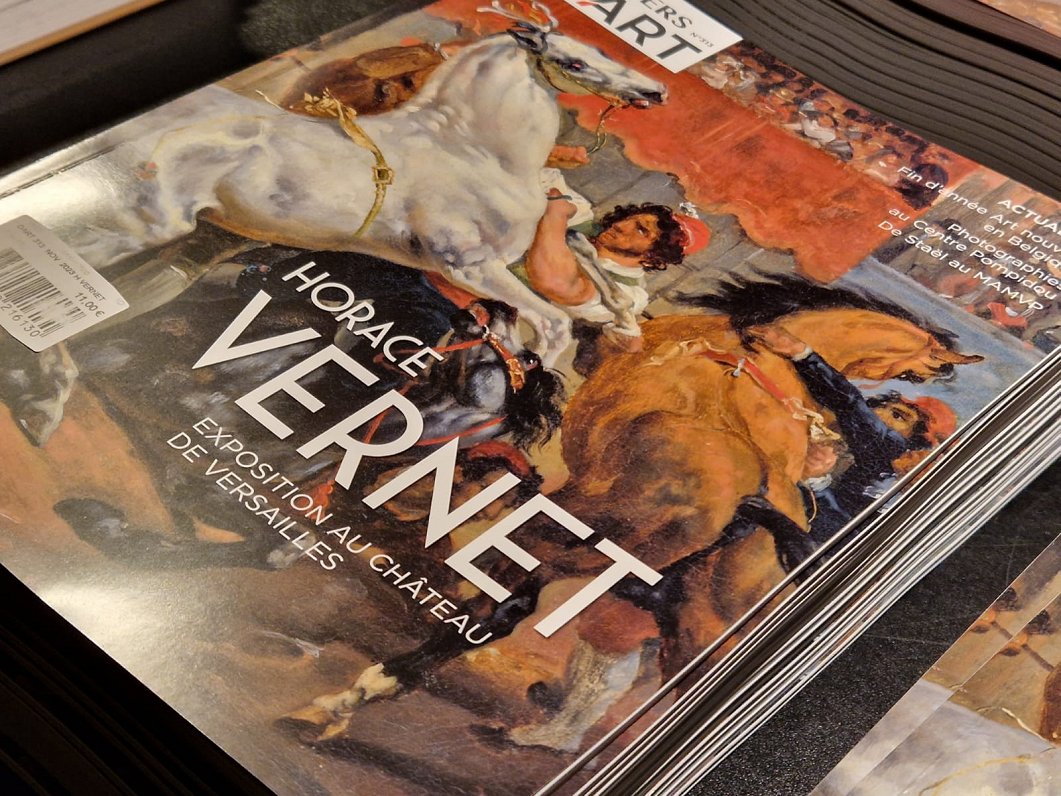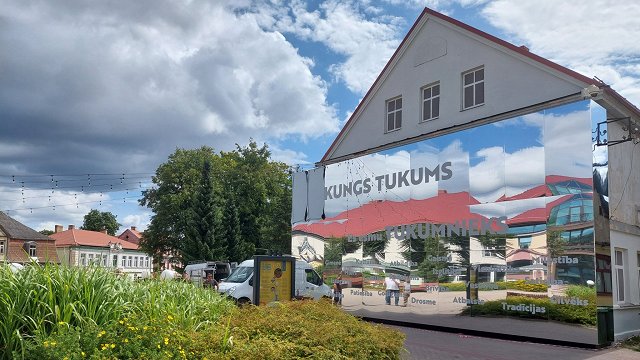Among two hundred paintings by one of the most popular artists of the period are two paintings that have traveled to the exhibition from the collection of the Rīga Bourse Art Museum (Mākslas muzejā Rīgas Birža). It is the first time works from Latvia have been exhibited in the Palace of Versailles.
Vernet, an outstanding representative of French academic salon painting, worked in Paris, later in Versailles, Rome and St Petersburg. He became famous thanks to his grandiose battle scenes and historical compositions.
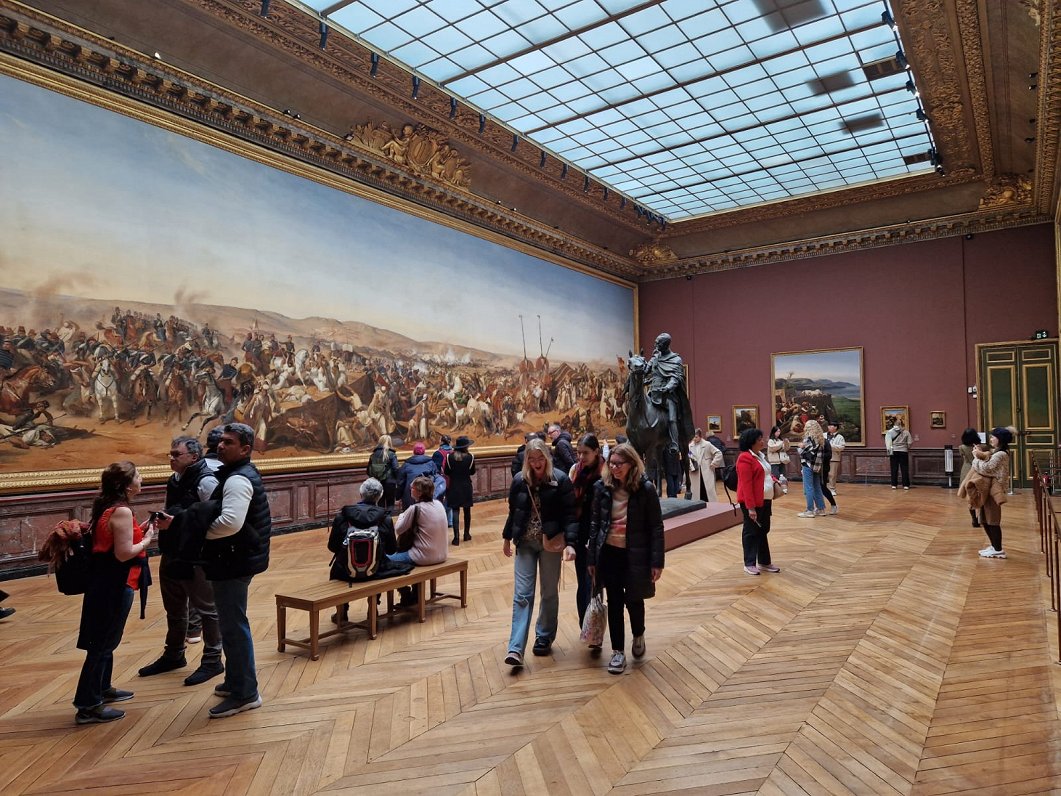
On display from the Latvian gallery in Versailles are Vernet's "Abduction of Angelica" (1820), as well as "The Flight of the Kabyles in Algeria" (1839).
Director of the National Museum of Versailles, Laurent Salomé, told Latvian Radio: "The Vernet exhibition is a very important project for us, because he is one of the lesser-known artists of the 19th century, which will be a great discovery for the public. He is a really great artist, but no one really knows him."
"I don't know how it is in Latvia, but in France it has become much more difficult to hold exhibitions of historical paintings. I can't remember any serious exhibition with this content in France for decades! But my opinion is that this painting is becoming more and more in demand now, because it looks like a movie, it's very lively. Vernet is like the inventor of cinema!"
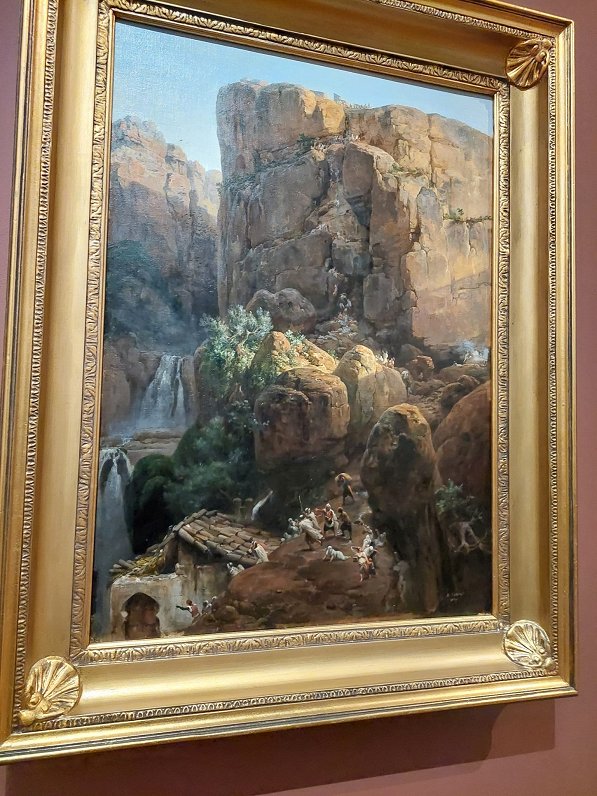
According to Salomé, the two works from Rīga are important as they give a impression of Vernet's earlier work.
"Yes, it really is a surprise – these two important works that have left Riga. One is from the romantic period and is very interesting because the artist drew inspiration from literature. And also: in discovering this literary plot, he could have been conventional, but he is not – Vernet has found a special moment to portray it. It is a very moving scene where we see large rocks and crashing waves. It's a really romantic scene with all its energy, excitement and drama behind it all. But this is only the beginning of the story, and we can imagine what has happened before. And then the second episode follows, just like a movie. Vernet's technique in these works is truly amazing, and the work with light is excellent," said Salomé.
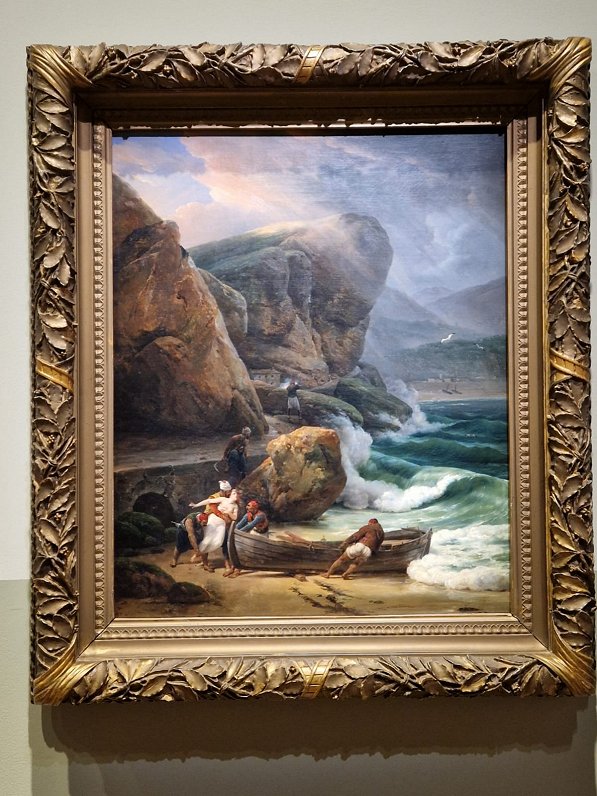
The connections between 19th century Rīga and Paris are more numerous than might be imagined. One of Vernet's many disciples was Georg Wilhelm Timm, a Baltic German artist in Rīga who knew Vernet well.
Perhaps more unexpectedly, one of the final royal residents of Versailles, King Louis XVIII, lived for several years in Jelgava palace (known as Mitava at the time) before his accession to the throne in 1814.
